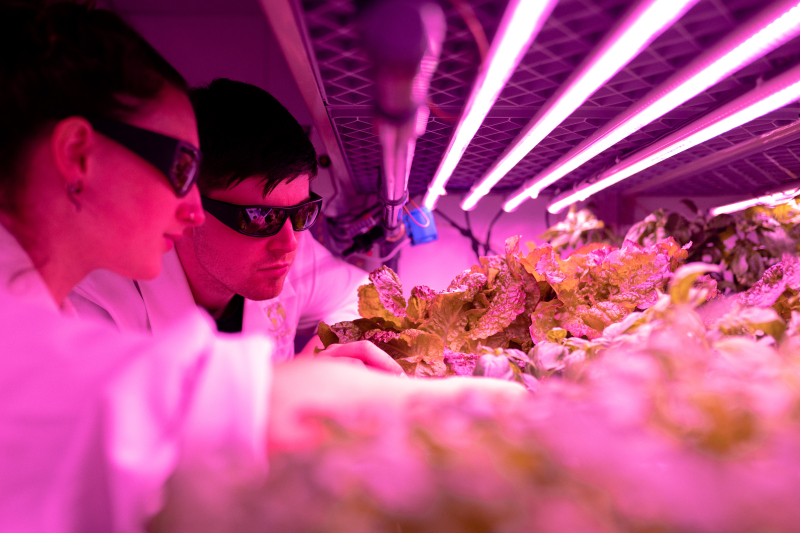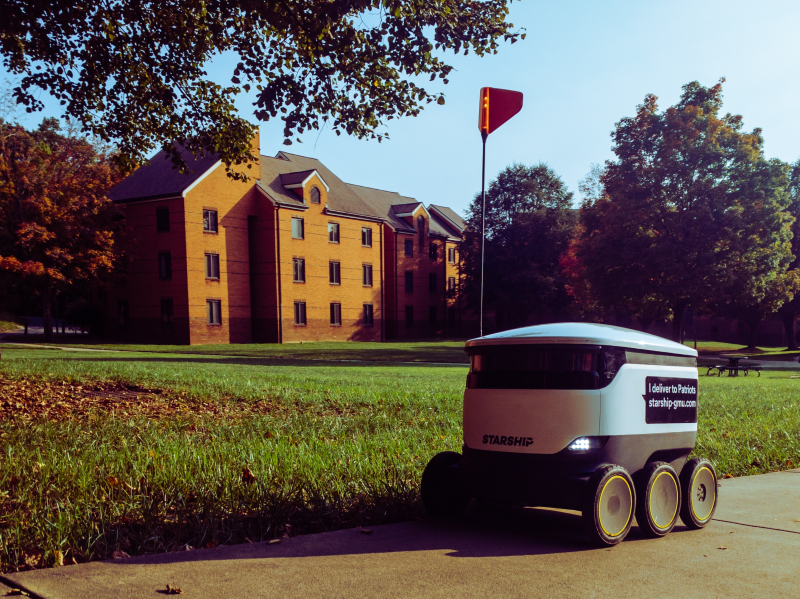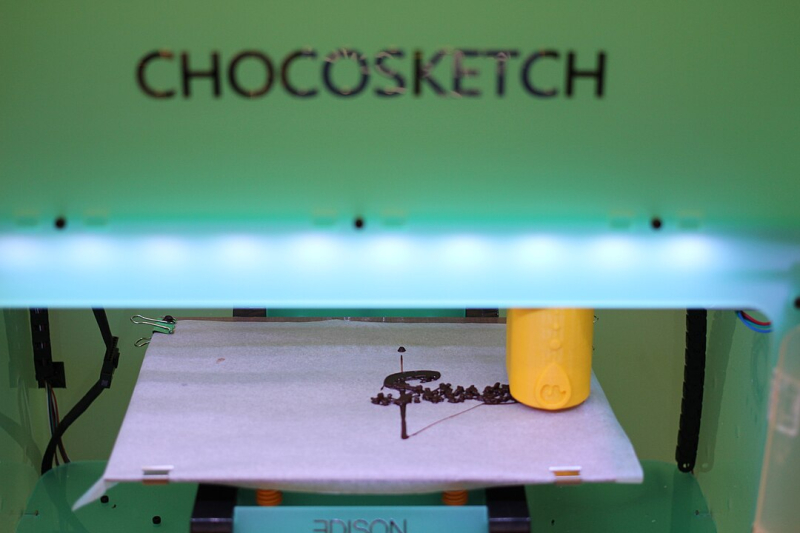PhD student, Faculty of Biotechnologies
Foodtech: Technologies of the Future
The world is changing rapidly. New technologies are emerging: artificial intelligence and automation, robotics and 3D printing. The food industry is also changing — now it is foodtech or food technology. Foodtech is the application of modern technologies at all stages of the food chain, from farming and producing food, to packaging, storing, and preparing it.

A healthy lifestyle is becoming a trend, which means new and functional ingredients are in demand, and product development is becoming a task of ingredient informatics. A separate direction is personalized nutrition. Having studied the genetics and microbiome of a person and their microelement status, it is possible to develop an individual diet for them that fully meets the needs of their body.
But personalization is not only about health. Meal constructor services offer sets of products from which it is easy to prepare dishes according to the chosen recipe. The choice of dishes corresponds not only to the health of the consumer, but also to their taste preferences and financial capabilities. The recipes are adapted, so preparation will take no more than half an hour.
Food safety requirements are constantly increasing, which is why traceability systems for products and ingredients are in demand. Blockchain technology is being introduced in agriculture and the food industry — tracking products from field to counter (or to the consumer’s table).
According to worldpopulationreview.com, the number of vegans in European countries is 2−4%, in Asian countries up to 9%. The number of vegetarians in European countries is up to 12%, in Asian countries up to 24% (the most vegans and vegetarians are in India). The demand for alternative products — plant-based analogs of conventional meat and dairy products — is also growing. Alternative meats can be obtained from plants, fungi, algae, or grown in cell culture. Any of these options promotes a humanistic attitude towards animals. The market for alternative dairy products is developing the fastest — several types of plant-based milk are already on store shelves, and alternative cheese is also expanding its presence.
Speaking of store shelves, the most noticeable change in the food industry is delivery services. Online delivery services for groceries and ready-made food from stores and restaurants have become a part of our lives. They rely on dark stores — warehouse stores where you can order groceries and other everyday goods online. This could be a small store in a residential building in any area of the city (if urgent delivery is needed) or a huge warehouse on the outskirts — these typically offer a larger assortment. Delivery itself is also being automated — couriers are already being replaced by robots. A compact mobile robot can find its way through a crowd of people, navigate the city, and complete deliveries in any weather.

For those who prefer to cook at home, there are smart kitchen appliances. These are programmable devices, often with remote controls, that make cooking faster and easier. A set of smart kitchen appliances — a smart kitchen — can operate according to a given program, is equipped with sensors, timers, thermostats, motion sensors, and works as a single system. A smart kitchen is a part of the Internet of Things, devices with the ability to connect to the internet and be controlled remotely. It fits into a smart home system.
An interesting technology is 3D food printers. According to forecasts, they will appear in every kitchen in the next 5−7 years. With food printers, you can print individual products or ready-made meals. Prepared ingredients are placed in capsules, from which they are sent for printing. Printing allows products to be shaped into any form, such as complex chocolate sculptures. But the main thing here is not the form, but the composition — in a printed product it is easy to control the ratio of macro- and micronutrients. The printer creates a dish strictly according to a given program, so it matches the recipe exactly. Professional chefs around the world are already using food printers to create complex desserts.

More and more people are aware of their responsibility for preserving the environment, and therefore strive to reduce the amount of waste they produce. One of the problems in the food industry is overpackaging. It is dictated by food safety requirements, and if it cannot be avoided, then it must be modified. Regular paper, and especially plastic, is being replaced by biodegradable packaging, as well as packaging made from recycled materials. Paper bags are easily biodegradable, but they require too much water to produce and are generally not reusable. A plastic bag requires 17 times less water and 5 times less energy to produce, if it is recycled. The best packaging is biodegradable — it can even be obtained from agricultural waste, and the energy costs to produce it are low. Under the influence of the sun, water and air, such packaging decomposes in 1.5−2 years. A separate trend is edible packaging that can be consumed together with the product. Edible packaging is not only digestible by the body, but can also contain health-promoting substances.
In addition to packaging, the food itself can also be waste. Every year, more than 500 million tons of food are wasted around the world. And this is not only a loss of valuable resources, but also a contributor to environmental pollution. Modern technology can also help here: for example, mobile applications allow people and businesses to exchange surplus products. Food sharing is the practice of distributing products with expiring dates, including through online platforms. Catering enterprises are implementing food waste management systems, reducing the amount of waste and recycling some of it. Innovative packaging and refrigerator gadgets extend the shelf life of fruit and vegetables.
Examples of innovations in agriculture are the use of artificial intelligence, robotization, sensors, and biometrics. When growing grains, robotic seeders are used that navigate the field using a GPS system. Biometric sensors monitor the health status of cows and select the most suitable ration for them. Sensors installed in the soil determine its composition and transmit information to the automatic fertilizer application system. By choosing the composition of fertilizers, you can influence the composition of vegetables or fruits.
Even from this short list of technologies, it becomes clear that foodtech covers all stages of food production — from their cultivation and manufacturing to consumption and waste disposal. Foodtech is a huge industry that is constantly evolving. Foodtech not only responds to the constant changes taking place in the world — it is also world-changing technology.
